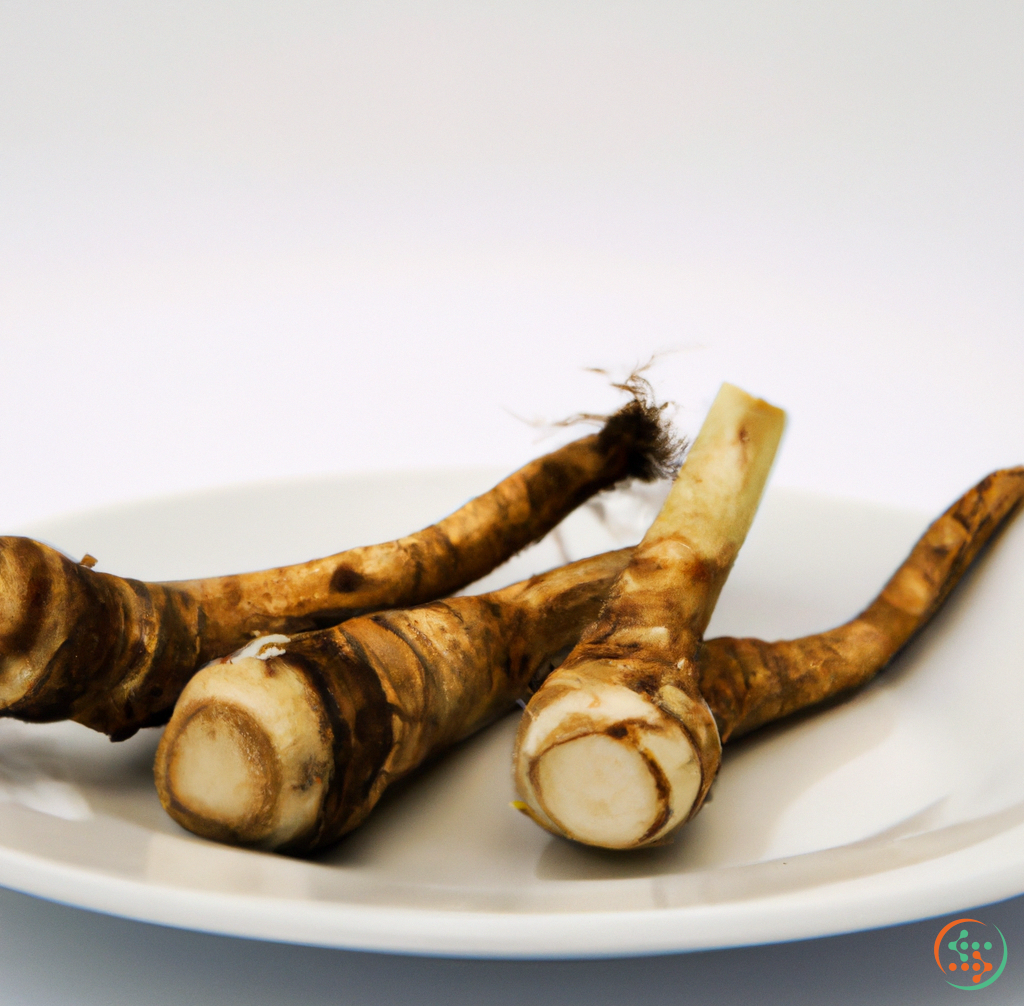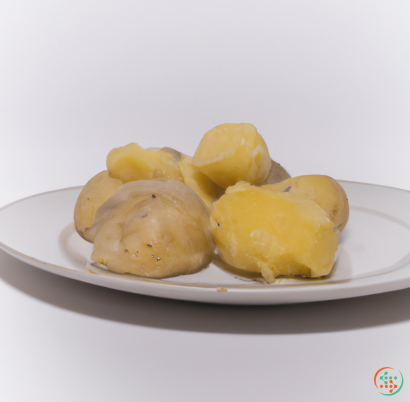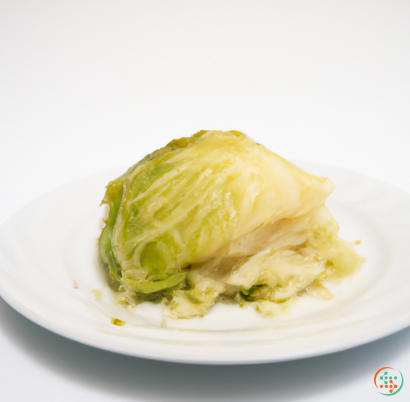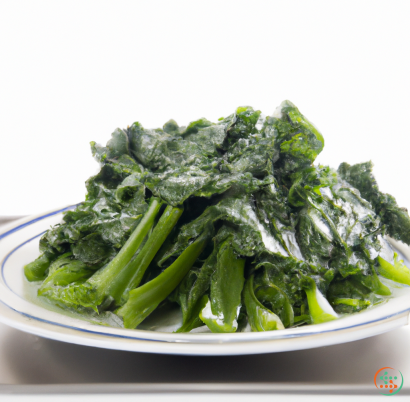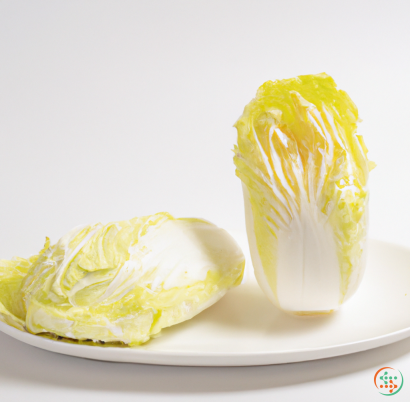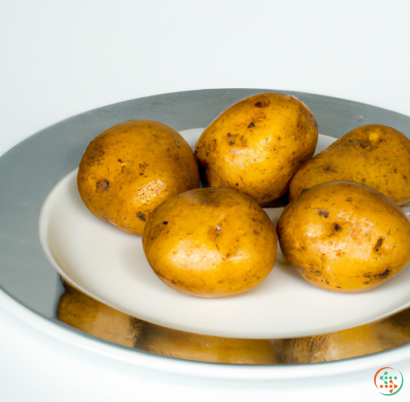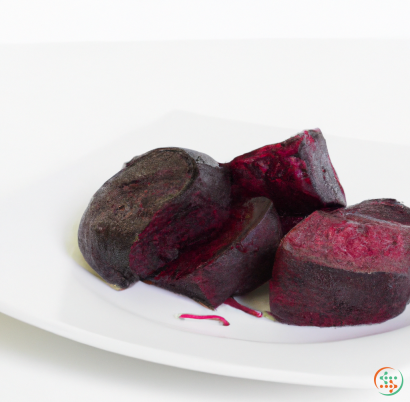Chicory Roots
, and how it is used
Chicory root is a versatile and nutritious food item known by many names, but most commonly called chicory or endive. The seedy root of the chicory plant, is related to dandelions, lettuces, and artichokes. A native of Europe, North Africa, and much of Asia, it has been used as a culinary ingredient for centuries. Though relatively unknown in mainstream Western diets, chicory root is gaining in popularity due to its many health benefits.
Chicory root can be used in a variety of ways. The root can be eaten raw, cooked, roasted, ground into powder, or it can be reconstituted and used as a thickener. In Europe, it is often boiled and served as a vegetable with a butter sauce, or it can be roasted and used as a coffee additive. Many cultures also use chicory root as a medicinal herb. If used as a substitute for coffee, it has a pleasant, slightly sweet flavor.
Though each part of the chicory plant has nutritional benefits, the root is particularly rich in nutrients like fiber, minerals, vitamins, and antioxidants. Chicory root is high in dietary fiber, especially inulin, which helps increase insulin sensitivity, reducing glucose levels in diabetics. Its nutrient profile also includes caffeic acid, rutin, and kaempferol, which are powerful antioxidants that fight against free-radicals, helping to reduce the risk of cancer and a variety of other diseases. Chicory root is also a good source of vitamin C, potassium, magnesium, and manganese.
Beyond the health benefits chicory root provides, what really makes it stand out is its many applications. For instance, it is an ideal prebiotic food because its fiber is not broken down until reaching the large intestine, making chicory root an excellent addition to a fiber rich diet. Not only is it a great source of fiber, it is also a great source of starch, making it a perfect thickener for soups, sauces, and stews. It has also been used as a complement to other root vegetables, like potatoes and carrots, in traditional dishes.
Chicory root can also be used as an animal feed supplement. When added to other feed grains, it produces a more complete diet with more protein, which is beneficial for livestock. The root is also a rich source of inulin, which helps increase the size, texture, and palatability of feed for pigs, poultry, and cattle.
For coffee aficionados, chicory root may become an essential ingredient. When roasted and ground, it makes a rich, flavourful, and aromatic coffee substitute. Chicory root makes a caffeine-free alternative to regular coffee and has slow-burning carbohydrates that produce a more sustained energy boost.
In conclusion, chicory root offers a wide range of culinary and medicinal uses. It is a rich source of dietary fiber, vitamins, minerals, and antioxidants, making it ideal for those looking to add variety and nutrition to their meals. It is also an excellent prebiotic food, offering a diversity of probiotic bacteria that helps improve digestion and gut health. Finally, its use as a coffee substitute or supplement is gaining popularity among coffee lovers who prefer a caffeine-free option.
The Chicory roots is created and travels to a dinner plate
What is Chicory?
Chicory (Cichorium intybus) is a flowering plant in the dandelion family that is grown for its roots, which can be roasted and ground to make a coffee substitute. The chicory plant is native to Europe, but is now also grown in North America and Australia. Chicory is a hardy, drought-tolerant plant that can grow up to 1.5 m (5 ft) tall. The leaves are dark green and lance-shaped, and the flowers are small and blue. The chicory plant produces a long, thick root that can be up to 1 m (3 ft) long and 2.5 cm (1 in) in diameter.
The chicory plant has been used medicinally for centuries, and is thought to have a number of health benefits. Chicory is a rich source of inulin, a type of dietary fiber that is beneficial for promoting gut health and digestion. Inulin is a prebiotic, meaning it provides food for the beneficial bacteria in the gut. Chicory root is also a good source of antioxidants and minerals, including magnesium, potassium, and calcium.
How is Chicory Root Used?
Chicory root can be roasted and ground to make a coffee substitute. It can also be used as a food additive, and is often added to commercially prepared breads and cereals. The inulin in chicory root is also used as a food ingredient and additive, as it is a soluble dietary fiber that can add bulk and texture to foods.
What are the Benefits of Chicory Root?
Chicory root is a good source of inulin, a type of dietary fiber that is beneficial for promoting gut health and digestion. Inulin is a prebiotic, meaning it provides food for the beneficial bacteria in the gut. chicory root is also a good source of antioxidants and minerals, including magnesium, potassium, and calcium.
Some studies have shown that chicory root extract can help improve digestion, reduce constipation, and increase the growth of beneficial gut bacteria. Chicory root extract has also been shown to improve blood sugar control in people with diabetes. In addition, chicory root is a good source of inulin, a type of dietary fiber that can help reduce cholesterol levels.
What are the side effects of Chicory Root?
Chicory root is generally considered safe when consumed in small amounts. However, chicory root can cause bloating, gas, and abdominal pain in some people. It is also important to note that chicory root contains inulin, a type of dietary fiber that can act as a laxative in large doses. Therefore, it is important to start with a small dose and increase gradually to avoid any adverse effects.
Where can I find Chicory Root?
Chicory root is available for purchase online and in health food stores. It can also be found in the form of supplements, such as capsules and powders.
How do I prepare Chicory Root?
Chicory root can be roasted and ground to make a coffee substitute. It can also be used as a food additive, and is often added to commercially prepared breads and cereals. The inulin in chicory root is also used as a food ingredient and additive, as it is a soluble dietary fiber that can add bulk and texture to foods.
What is the dosage of Chicory Root?
There is no recommended dose of chicory root, as it is generally considered safe when consumed in small amounts. However, chicory root can cause bloating, gas, and abdominal pain in some people. It is also important to note that chicory root contains inulin, a type of dietary fiber that can act as a laxative in large doses. Therefore, it is important to start with a small dose and increase gradually to avoid any adverse effects.
Conclusion
Chicory root is a flowering plant in the dandelion family that is grown for its roots, which can be roasted and ground to make a coffee substitute. Chicory is a hardy, drought-tolerant plant that can grow up to 1.5 m (5 ft) tall. The leaves are dark green and lance-shaped, and the flowers are small and blue. The chicory plant produces a long, thick root that can be up to 1 m (3 ft) long and 2.5 cm (1 in) in diameter.
The chicory plant has been used medicinally for centuries, and is thought to have a number of health benefits. Chicory is a rich source of inulin, a type of dietary fiber that is beneficial for promoting gut health and digestion. Inulin is a prebiotic, meaning it provides food for the beneficial bacteria in the gut. Chicory root is also a good source of antioxidants and minerals, including magnesium, potassium, and calcium.
Chicory root can be roasted and ground to make a coffee substitute. It can also be used as a food additive, and is often added to commercially prepared breads and cereals. The inulin in chicory root is also used as a food ingredient and additive, as it is a soluble dietary fiber that can add bulk and texture to foods.
Chicory root is generally considered safe when consumed in small amounts. However, chicory root can cause bloating, gas, and abdominal pain in some people. It is also important to note that chicory root contains inulin, a type of dietary fiber that can act as a laxative in large doses. Therefore, it is important to start with a small dose and increase gradually to avoid any adverse effects.
| Vitamin C | 0.005 grams | |
| Vitamin B1 | 0.04 mg | |
| Vitamin B2 | 0.03 mg | |
| Vitamin B3 | 0.4 mg | |
| Vitamin B5 | 0.32 mg | |
| Vitamin B6 | 0.24 mg | |
| Vitamin B9 | 0.023 mg |
| Calcium | 0.041 grams |
Daily Value 1.3 g
|
| Iron | 0.8 mg |
Daily Value 0.018 g
|
| Magnesium | 0.022 grams |
Daily Value 0.4 g
|
| Phosphorus | 0.061 grams |
Daily Value 1.25 g
|
| Potassium | 0.29 grams |
Daily Value 4.7 g
|
| Sodium | 0.05 grams |
Daily Value 2.3 g
|
| Zinc | 0.33 mg |
Daily Value 0.011 g
|
| Copper | 0.08 mg |
Daily Value 0.9 mg
|
| Manganese | 0.23 mg |
Daily Value 0.0023 g
|
| Selenium | 0.7 ug |
Daily Value 0.055 mg
|
| Total Sugars | 0.131141 grams |
per 100g
|
| Palmitic acid (16:0) | 0.04 grams |
|
| Total Saturated fatty acids: | 0.04 g | |
| Linolenic acid (18:3) | 0.01 grams |
|
| Linoleic acid (18:2) | 0.08 grams |
|
| Total Polyunsaturated fatty acids: | 0.09 g | |
